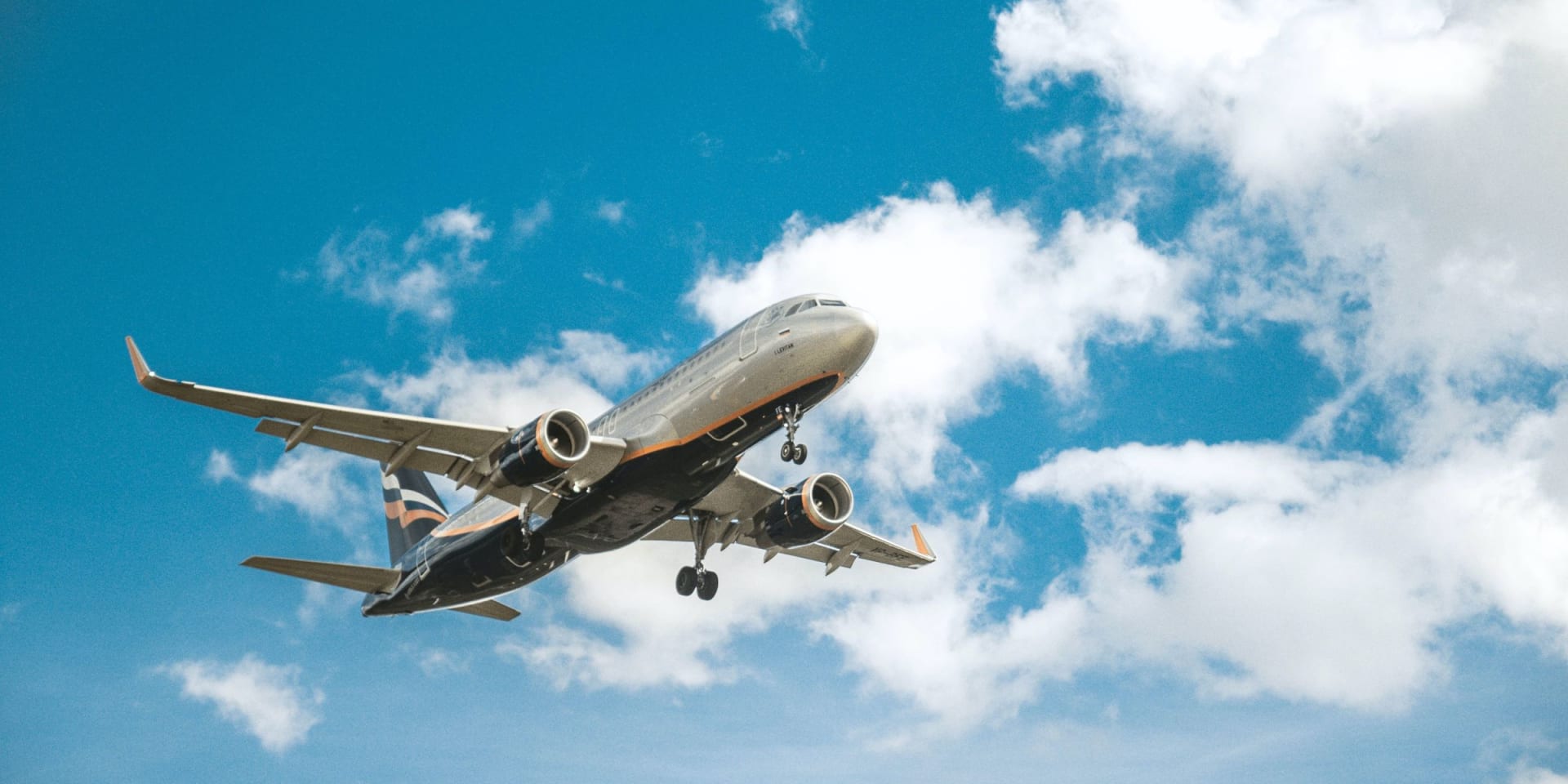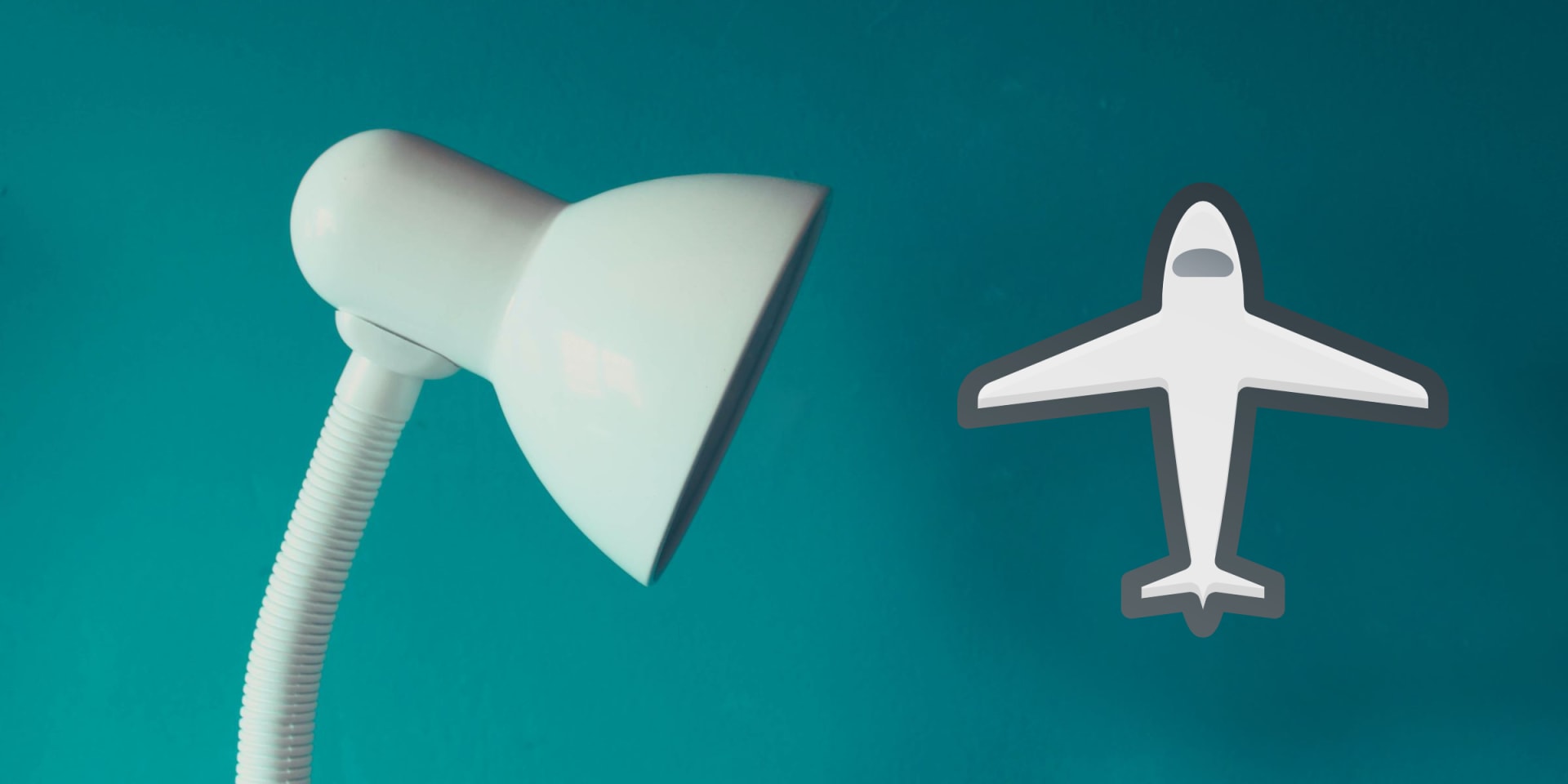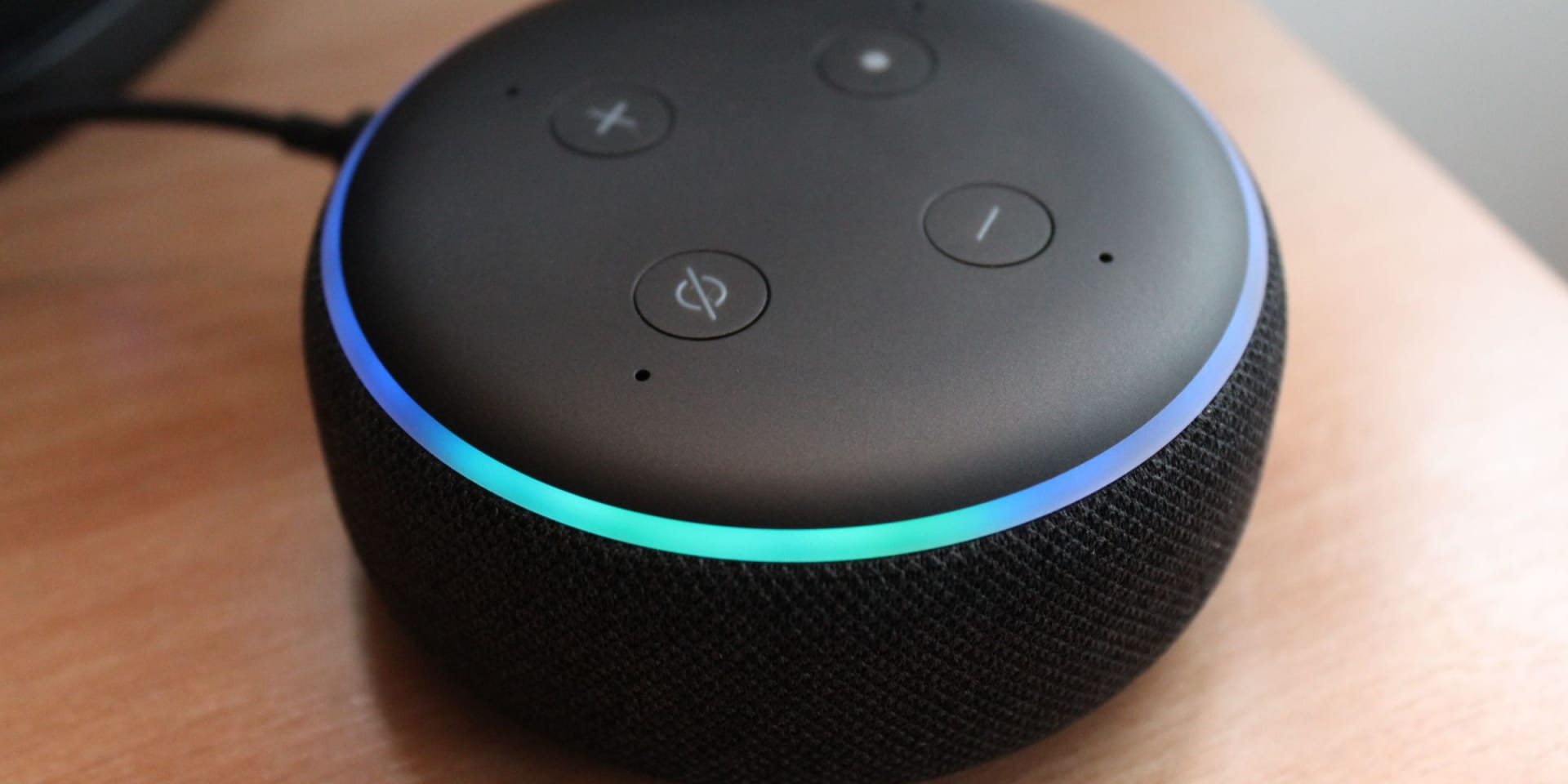Are you a flight enthusiast looking to take your simulation experience to the next level? Building the ultimate flight sim desk setup is the perfect way to achieve an immersive and realistic experience. With the right equipment and accessories, you can create a cockpit-like environment that will transport you to the skies.
To start building your ultimate flight sim desk setup, you’ll need to assess your space and desk requirements. Choosing the right monitor(s) is crucial to achieving a realistic view of the cockpit. Selecting the best control equipment will allow you to take full control of your simulator. And, adding additional accessories like a joystick or throttle quadrant can further enhance your experience.
With a little customization of your flight simulator settings and optimizing your room lighting, you’ll be ready to enjoy your ultimate flight sim experience!
Table of Contents
Assess Your Space and Desk Requirements
You’re going to want to take a good look at your space and figure out what kind of desk setup will make you feel like a true aviation master. So, get ready to feel excited about transforming your space!
Assessing your space and desk requirements is the first step towards building the ultimate flight sim desk setup. It’s important to take into account the size of your room, the layout of your furniture, and the amount of natural light that enters the space.
Once you have a good understanding of your space, it’s time to think about your desk requirements. Do you need a large desk to accommodate multiple monitors, control panels, and a joystick? Or will a smaller desk work just fine for your needs?
Think about how much space you need to move around comfortably, as well as how much storage you’ll need for your equipment and accessories. Don’t forget to consider the ergonomics of your desk setup as well.
You’ll want to make sure your desk is at a comfortable height for your body, and that your chair provides adequate support for your back and neck. Additionally, you may want to invest in an adjustable keyboard tray or monitor stand to help reduce strain on your wrists and eyes.
By taking the time to assess your space and desk requirements, you’ll be able to create the perfect flight sim setup that meets all your needs and helps you feel like a true aviation master.
Choose the Right Monitor(s)
When choosing the right monitor(s) for your flight sim setup, there are a few key points to consider.
First, think about the size and resolution of your monitor(s) to ensure the best visual experience.
You’ll also need to decide whether to go with a single large monitor or multiple smaller ones.
Lastly, it’s important to optimize your display settings to get the most out of your monitor(s).
Consider Size and Resolution
Don’t underestimate the impact of size and resolution on your flight sim experience – they can make all the difference in immersing yourself in the virtual cockpit.
When choosing a monitor, consider the size and resolution that will work best for you. A larger monitor can give you a more realistic view of the cockpit, while a higher resolution will ensure that the details are crisp and clear. However, keep in mind that a larger size and higher resolution may require a more powerful computer to handle the graphics.
It’s important to find a balance that works for your budget and computer capabilities. Also, consider the space available in your setup – a larger monitor may not fit comfortably on your desk.
Ultimately, finding the right size and resolution for your flight sim setup will make a big difference in your overall experience.
Choose between Single or Multiple Monitors
Opting for multiple monitors can create a truly immersive experience that will have you feeling like you’re actually flying. With multiple monitors, you can have a wider field of view and see more of the cockpit, allowing for a more realistic simulation. You can also dedicate one monitor to your instruments and another to your external view, making it easier to switch between the two and giving you a greater sense of control.
When it comes to choosing between single or multiple monitors, it’s important to consider your budget and space limitations. Multiple monitors can be more expensive and require a larger desk setup, but the added immersion can be worth it for serious flight sim enthusiasts. To help you decide, here’s a table outlining the pros and cons of each option:
| Single Monitor | Multiple Monitors | |
|---|---|---|
| Pros: Less expensive, takes up less space | Pros: More immersive experience, wider field of view | |
| Cons: Limited view, may need to constantly switch between instruments and external view | Cons: More expensive, requires a larger desk setup | , potential for distractions with multiple screens. |
Optimize Display Settings
Maximizing your display settings can enhance your flight simulator experience, bringing the cockpit to life with vivid colors and crisp visuals. Here are three ways to optimize your display settings:
-
Adjust the brightness and contrast. Make sure your display isn’t too bright or too dim. Adjusting these settings can improve your viewing experience, allowing you to see details you may have missed before.
-
Increase the resolution. If your monitor has a higher resolution, increasing it can make the graphics more detailed and realistic. However, keep in mind that higher resolutions require more powerful hardware to run smoothly.
-
Enable anti-aliasing. Anti-aliasing helps smooth out jagged edges in graphics, making them look more polished and realistic. Enabling this setting can make a big difference in the overall visual quality of your flight simulator.
By optimizing your display settings, you can immerse yourself in the flight simulator experience and feel like you’re really in the cockpit. Give these tips a try and see the difference for yourself!
Select the Best Control Equipment
One important aspect of building the ultimate flight sim desk setup is choosing the best control equipment that suits your needs and preferences. The right equipment can enhance your experience and help you develop your flying skills. There are various types of control equipment available, from basic joysticks to advanced yokes, pedals, and throttle quadrants. To narrow down your options, consider factors such as your budget, the type of aircraft you want to fly, and the level of realism you want to achieve.
Here is a table that summarizes the features and benefits of some of the most popular control equipment for flight simulators:
| Control Equipment | Features | Benefits |
|---|---|---|
| Joystick | Simple, affordable, portable | Easy to use, suitable for beginners and casual users |
| Yoke | Realistic, ergonomic, precise | Mimics the controls of a real aircraft, comfortable for extended use |
| Pedals | Responsive, adjustable, immersive | Allows for precise rudder control, enhances realism, can be used for driving sims |
| Throttle Quadrant | Versatile, customizable, expandable | Enables separate control of throttle, propeller, and mixture, can be combined with other equipment |
Ultimately, the best control equipment for you depends on your specific needs and preferences. If you are on a tight budget or just starting out, a simple joystick may be sufficient. If you want a more immersive and realistic experience, consider investing in a yoke, pedals, and/or throttle quadrant. Don’t forget to also check the compatibility of your chosen equipment with your computer and simulator software. With the right control equipment, you can take your flight sim experience to new heights.
Consider Additional Accessories
When considering how to enhance your flight sim experience, it’s important to think about additional accessories that can further improve your setup. These accessories can help increase immersion and make your flight simulation experience more enjoyable.
Here are some additional accessories to consider:
-
Headset stand: A headset stand can keep your headset within reach and organized when not in use. This accessory is perfect for those who have limited desk space.
-
USB hub: With so many peripherals connected to your computer, a USB hub can be a lifesaver. Instead of constantly unplugging and plugging in devices, a USB hub can provide extra ports to keep everything connected.
-
Cable organizer: With all the cables that come with gaming equipment, it’s easy to have a mess of cables on your desk. A cable organizer can help keep your cables organized and out of sight, giving your setup a cleaner look.
Overall, these additional accessories can help take your flight sim setup to the next level. By keeping your space organized and providing extra ports for your devices, you can focus more on your simulation rather than fumbling with cables and peripherals.
Consider these accessories to further enhance your flight simulation experience.
Optimize Your Room Lighting
Transform your flight simulation experience by optimizing the lighting in your room, immersing yourself in the virtual world like never before. A well-lit room can help reduce eye strain and fatigue, as well as enhance the details of your simulation. Here are some tips to help you optimize your room lighting:
| Lighting Type | Purpose | Recommendation |
|---|---|---|
| Ambient Lighting | General illumination | Use overhead lights or lamps with soft white bulbs |
| Task Lighting | Focused illumination | Use a desk lamp with adjustable brightness and direction |
| Bias Lighting | Background illumination | Use LED strips behind your monitor or TV to reduce eye strain |
It’s important to avoid harsh or direct lighting that can cause glare on your screen or interfere with the realism of your simulation. Instead, consider using ambient lighting to create a comfortable and natural atmosphere. Task lighting can help you see your controls and instruments more clearly, while bias lighting can reduce eye strain and improve contrast.
In addition to choosing the right lighting types, you should also pay attention to the color temperature of your bulbs. For flight simulation, a daylight or cool white temperature (5000-6500K) is recommended to enhance the clarity and detail of your virtual cockpit. By optimizing your room lighting, you can create a more immersive and enjoyable flight simulation experience.
Customize Your Flight Simulator Settings
To truly enhance your flight simulation experience, you need to personalize your settings to your liking and immerse yourself in the virtual world. Customize your flight simulator settings to match your preferences and needs.
Adjust the graphics, sound, and control settings to your liking to create the perfect virtual environment that suits you. Start by tweaking the graphics settings to match your computer’s capabilities. Adjust the resolution, texture quality, and anti-aliasing to create a clear and smooth image. If your computer can handle it, turn on features such as weather effects, shadows, and reflections, to further enhance the realism of the simulation.
Next, fine-tune the sound settings to complement the visual experience. You can adjust the volume of different sound effects, such as engine noise and ambient sounds, to create a more realistic experience.
Finally, customize the control settings to match your preferences. You can adjust the sensitivity, dead zones, and button mapping to create a control scheme that feels comfortable and natural to you.
Personalizing your flight simulator settings will not only make your experience more enjoyable but also make it easier for you to fly the virtual aircraft. Take the time to experiment with the settings and find what works best for you. With the right settings, you can truly immerse yourself in the virtual world and feel like you’re flying a real plane.
Enjoy Your Ultimate Flight Sim Experience!
Get ready to fully immerse yourself in the virtual world of flight simulation and experience the thrill of flying like never before! With the ultimate flight sim desk setup, you can take your flying experience to the next level.
Here are some tips and ideas to help you enjoy your ultimate flight sim experience:
-
Sound setup: Sound is an essential element of flight simulation and can greatly enhance your experience. Invest in a good set of speakers or headphones to fully immerse yourself in the sounds of the cockpit and the aircraft.
-
Lighting: Lighting can also play a significant role in creating the perfect flight sim atmosphere. Consider using ambient lighting or LED strips to create a cockpit-like atmosphere in your room. This way, you’ll be able to focus on the instruments and the virtual world without any distractions.
-
Accessories: There are a variety of accessories available that can make your flight sim experience even more realistic. From yokes and pedals to throttle quadrants and instrument panels, these accessories can help you feel like you’re actually in the cockpit of an aircraft. Choose the accessories that best suit your needs and budget to enhance your experience.
By following these tips and ideas, you can fully enjoy your ultimate flight sim experience. So, get ready to take off and soar through the virtual skies like a pro!
Conclusion
Congratulations on building your ultimate flight sim desk setup! You’ve carefully considered your space, desk requirements, monitor selection, control equipment, accessories, lighting, and simulator settings to create the ultimate immersive experience.
Now, it’s time to sit back, relax, and take flight with your new setup. Whether you’re a seasoned pilot or just starting out, your ultimate flight sim desk setup will provide endless hours of entertainment and challenge.
So, put on your headset, buckle up, and get ready for takeoff. Enjoy the thrill of flying from the comfort of your own home!




